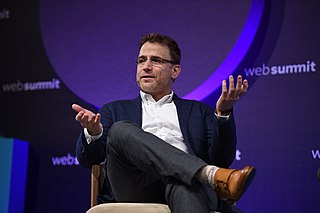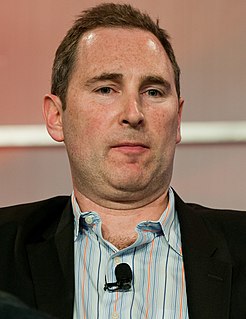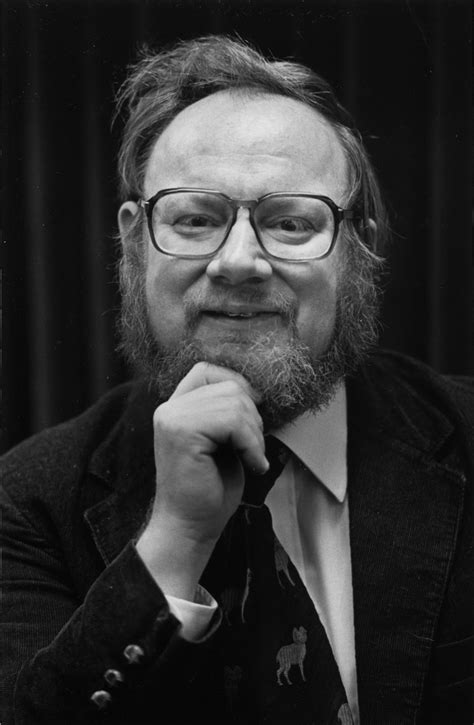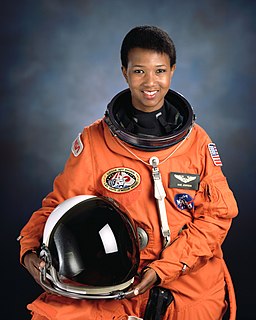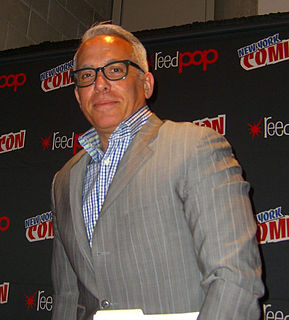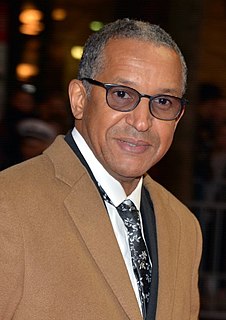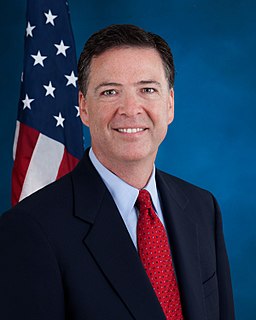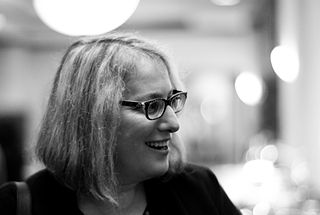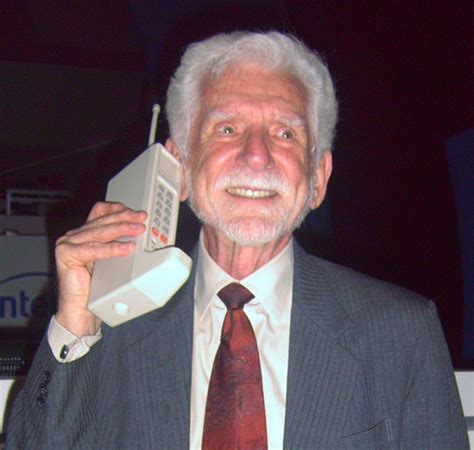A Quote by Stewart Butterfield
Inside a company, you can mandate that everyone use the same technology, which means you can go a little bit, I don't know, higher-fidelity than the lowest-common-denominator technology. There are a lot of things that Slack gives you that email doesn't when you think about internal use.
Related Quotes
People always think of technology as something having silicon in it. But a pencil is technology. Any language is technology. Technology is a tool we use to accomplish a particular task and when one talks about appropriate technology in developing countries, appropriate may mean anything from fire to solar electricity.
I always go to the lowest common denominator for that ingredient. So if I think squash, I try to think what it means to me -- and if it doesn't mean anything to me, I'm not gonna do well when I cook it. So [squash] means to me: fall, maple syrup, cinnamon, and things just come into your head so you can narrow the vortex and make it a bit smaller and you go with something because there's no time.
Of course, technology is very important now. It's there, its available. It's there to be use however you see fit. You can use it and the jihadist can use it. In their case they have been very effective at making use of technology, particularly with websites. It's primarily through these websites that they do their recruiting. But it's not technology that makes them that way.
Email is the lowest common denominator. It's the way you get communications from one person to another. There isn't really an alternative. Sometimes people will have Facebook messenger turned on, but 99 percent of the time, if you're sending a message to a human you don't know well, you're using email.
The technology that lets many people use the same radio channel at the same time is called smart antenna technology or adaptive array technology or interference mitigation. This technology uses computer processors to take the signals from multiple antennas at each location and sorts the various signals out so they don't interfere with each other.
